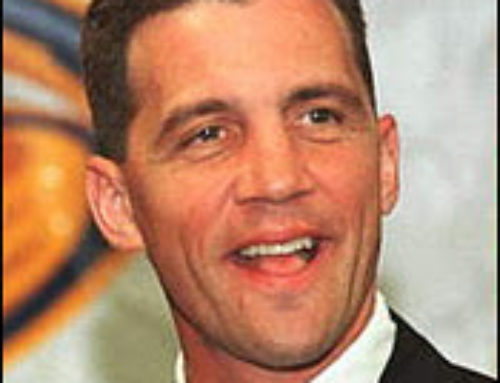Project Description
James Hunter was born on April 8, 1946 in Hertford, North Carolina. He attended Perquimans High School, where he played many different sports, including baseball and football. Near the end of his high school career, a hunting accident cost Hunter one of his toes. The injury left doubts in the minds of many professional scouts, but the Kansas City Athletics took a chance on the young pitcher and signed him to his first contract. After Hunter joined the organization, the owner gave him the nickname “Catfish,” simply because he thought Hunter’s own name was too bland.
Hunter’s first victory as an Athletics was on July 27, 1965 against the Boston Red Sox. In 1966 and 1967 he was named to the American League All-Star team. In 1968 the Athletics moved from Kansas City to Oakland, California.
On May 8, 1968, Hunter accomplished something that had not been done since 1922 in the American League: the rival Minnesota Twins fell victim to a perfectly pitched game. Hunter continued to dominate throughout his career and received both the Cy Young Award and the Pitcher of the Year Award by The Sporting News. Hunter had four consecutive seasons of 20 wins or more, and four World Series victories with no losses as pitcher for the Oakland Athletics. Despite his success, he had a contract dispute with the team, and ultimately left in 1975.
That same year, Hunter became the highest paid pitcher in Major League Baseball when he signed with the New York Yankees. Again he won more than 20 games and was named to the American League All-Star team his first season in New York. In 1976 his success continued as he was once again named to the All-Star team and led the New York Yankees to win the pennant. The Yankees won the title three seasons in a row, from 1976 to 1979. At the age of 33 the precise pitcher retired with arm strain and troubles with his diabetes.
After returning to his hometown in North Carolina, James Hunter was inducted into the National Baseball Hall of Fame in 1987. In 1998, at the age of 52, he was diagnosed with amyotrophic lateral sclerosis, or ALS, better known as Lou Gehrig’s disease. One year later he died of complications from the disease.







Leave A Comment